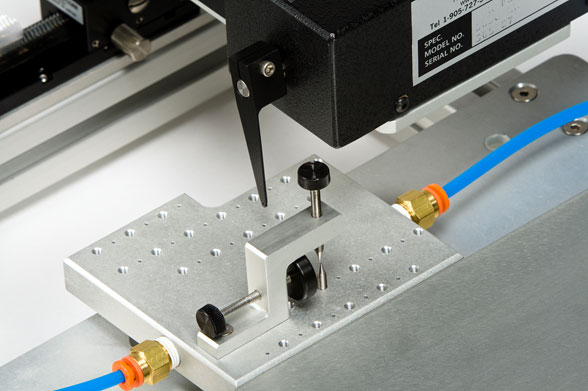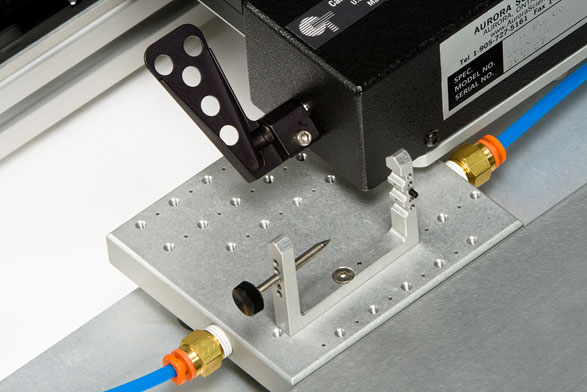Testing muscle function in-situ or in-vivo presents many advantages compared to testing isolated muscle. Top of this list is the ability to monitor the before and after effects of a therapeutic intervention or the recovery from an injury in a disease model animal. The ability to investigate the progression of a disease or the effect of a treatment without ending the life of the animal at each time point is a remarkable breakthrough in muscle mechanics. Furthermore discrepancies or artifacts due to in-vitro testing can easily be ascertained by testing muscle function in-situ or in-vivo and comparing results.
In-situ and in-vivo muscle testing ensures that blood supply to the muscle is maintained throughout the experiment, thereby providing adequate oxygen and nutrients to the muscle at body temperature and ensuring that the muscle does not become anoxic. Testing muscle in-vivo has the added advantage of being non-invasive, thereby allowing the animal to be revived after the experiment for further treatment, intervention or further testing on a subsequent day. With surgical skill and expertise, non-terminal experiments can also be performed in-situ.
In-situ experiments are performed under anaesthesia, where the nerve supply to the muscle of interest is isolated and the distal end of the muscle is attached to a dual mode lever system.

Fig 1: In-situ lever system and limb clamp on temperature regulated platform
In-vivo experiments are also performed under anaesthesia; however non-invasive techniques are used, where the foot is strapped into a footplate and the muscle is stimulated through the nerve. Torque and angle are measured in this case instead of standard force and length.
Fig 2: In-vivo footplate and limb clamp on temperature regulated platform
Testing muscle mechanics in-situ or in-vivo is very similar to testing isolated muscle thereby allowing a researcher to easily transition from isolated muscle experiments to in-situ and in-vivo experiments. The advantage of testing in-situ or in-vivo is that the muscle is being tested in its physiological environment, and thus producing more physiologically relevant results.
Aurora Scientific has developed a wide range of in-situ/ in-vivo test systems which are designed to enable muscle physiology researchers to easily test rat, mouse, dog, sheep and even pig muscle tissue.
To see our wide range of systems please click here
Our in-situ/ in-vivo systems are equipped with our dual mode lever which can measure and control both force and length. Therefore only one point of attachment is required. Lengthening Contractions, Fatigue, Stiffness, Force-Velocity & Work Loop Protocols are straightforward with our systems, while still allowing the flexibility of isometric measurements such as; Twitch, Maximal Tetanic & Force-Frequency.
Our customised DMC software allows complete control of the experiment once the muscle/limb is attached; from stimulation parameters to complete data analysis.
Our systems can also be easily converted into a powerful 3 in 1 system (in-vivo/in-situ/Isolated muscle) by simply attaching an in-vitro bath to the apparatus. This allows complete characterisation of muscle mechanics; from isolated intact muscle to whole animal.





